How Your Company's Purpose Drives Culture
Originally Published on August 11, 2022
August is Culture Month at Charthouse! Follow along on the change course podcast, and via our LinkedIn, Twitter and Instagram for all our great content this month on culture change!
Culture is a fascinating aspect of organizations. Have you ever asked why, even though the organization may see people change roles, leave and enter the organization, that the organization’s culture stays the same?
I call this the essential dance between the purpose of the organization, the values, the structure and the vital interactions between people. Innovation and change within organizations is a great illustration of this.
When a company’s purpose is to produce things fast, accurately, and consistently, the culture that the company has will align with the central purpose. You will likely find that individual contributors in the company have a high degree of specificity in their roles and little overlap. Decisions are made centrally. Management is recognized for keeping errors to a minimum and managing teams to perform consistently. Change in these environments looks like continuous improvement and ideas come forward with a specific need to increase efficiency, reduce errors or increase productivity. This describes the culture of 90% of the product driven companies I’ve worked with. Innovation in these companies does not happen in the day-to-day work. The way the company works is not conducive to innovation.
So why is that? The purpose of the company drives the culture, and how the company is built, and functions will dictate the boundaries and norms of how work is done and how people operate within the company.
Innovation must drive a different purpose. The companies that do this well, build innovation as a sub-culture or a separate function within the organization.
At a large manufacturing company that I worked with; this was evident in how innovation was parcelled out with respect to the large organization. As a manufacturer in a larger supply chain, the company’s purpose was to supply other businesses with precision-built products. At the same time, there is a part of the strategy that requires constant product innovation in order to stay ahead of competitors and maintain leadership in the marketplace. Innovation then, was developed within a specific subculture in the organization. The lab environment signaled immediately that you were in a different culture. The layout of the space was different, and it was within a larger plant, and not at head office. Everything about the physical space was different, and how people worked. Their interactions were different too. The lab environment was conducive to innovation and drove the essential purpose of the department within the larger company. This is also why successful companies will set up Research and Development (R&D) separately from product delivery.
If you want a very innovative culture, R & D needs to be the centre of the purpose of the organization. Apple is a great example of prioritizing innovation while also maintaining robust product delivery. Their org structure and functional design give us a lens into how this manifests and how their essential culture has grown as a result of their function and structure. Read more in this article from HBR for more detail on Apple and how structure, function and organizational design drive innovation culture.
In short: purpose will drive the culture of an organization so the culture that you desire to build must be closely linked to what the company does, and what structure is required to fulfill its purpose.

